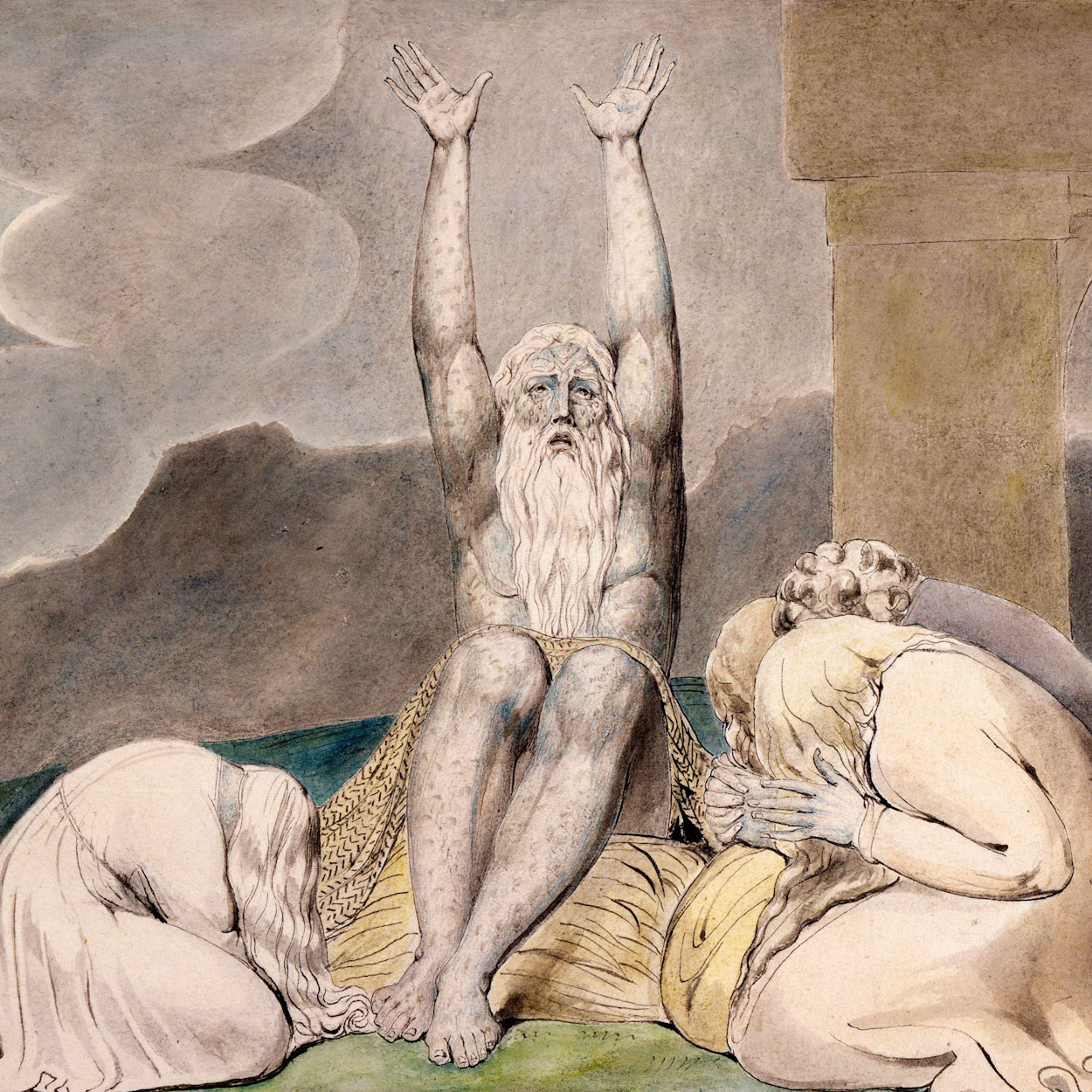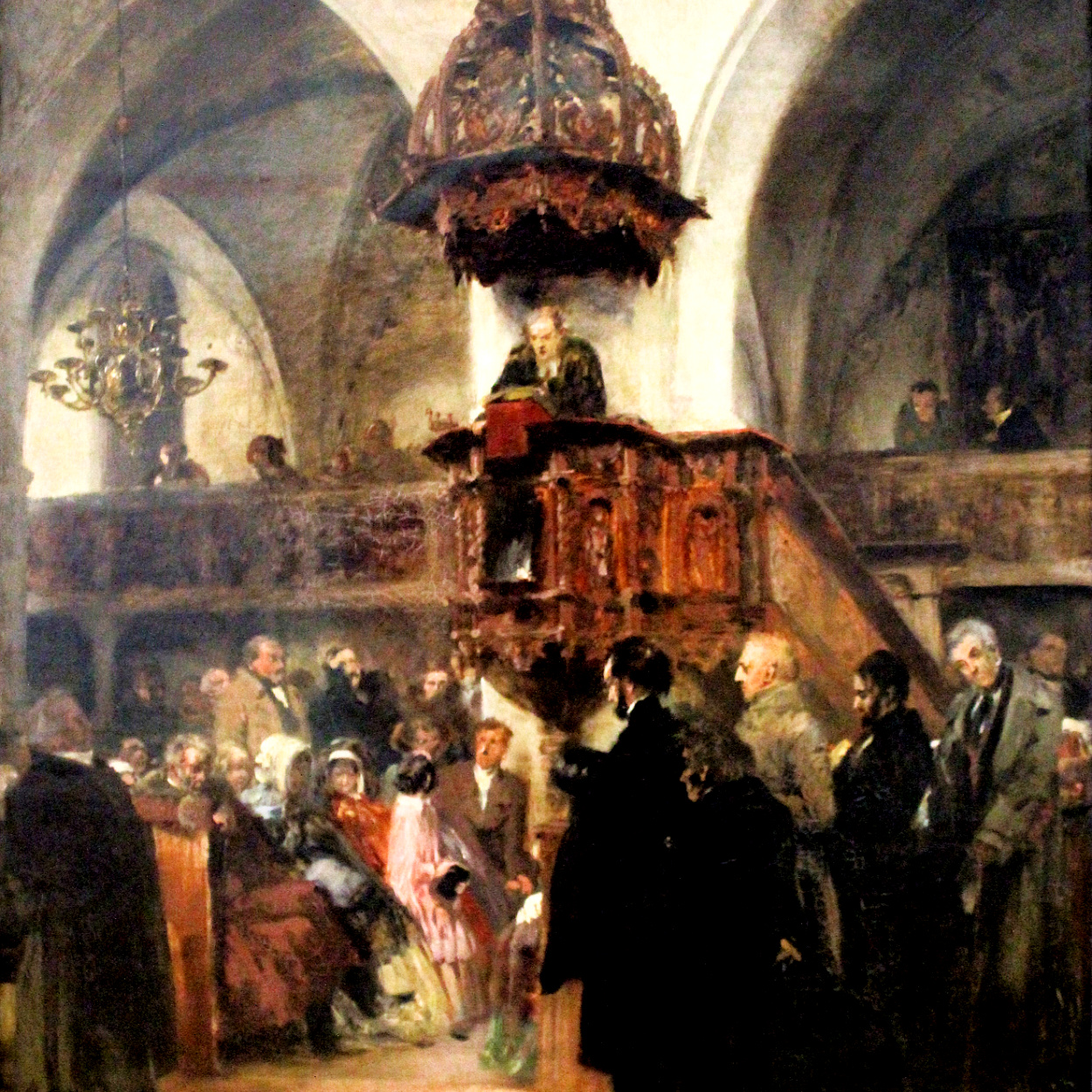In an era where perceptions often supersede reality, it’s critical to challenge long-held beliefs and seek verifiable truth. Consider, for example, the widely accepted notion that child abuse rates are exceptionally high within religious organizations, including The Church of Jesus Christ of Latter-day Saints. It has long been known that abuse rates among churches are significantly lower than those in public schools. According to Charol Shakeshaft, who prepared a study on abuse rates for the U.S. Department of Education, “the physical sexual abuse of students in schools is likely more than 100 times the abuse by priests.” And recent research by Jennifer Roach, a leading commentator on abuse within religious bodies, further adds that Latter-day Saints have notably low child abuse rates. This raises the question, why does a stark discrepancy exist between perception and reality?
Recently, a horrific incident of family abuse perpetrated by a less active member of the Church of Jesus Christ caught headlines around the world. This case, however brutal and undeniable, fueled a belief that the Church harbored an endemic abuse problem. The crucial point is that such extreme instances, while distressing, can cast a disproportionately long shadow, distorting the perception of an entire community. Perceptions often supersede reality.
The Power of Narratives and Cognitive Biases in Shaping Perceptions
Media narratives wield considerable power in shaping public perceptions, often by simplifying complex realities. Roach’s research, which contradicts a widespread belief that religious institutions are rife with hidden abuse, may invite skepticism. This disbelief, however, does not necessarily stem from the data’s validity but rather from its divergence from prevailing narratives. In fact, her findings align with other smaller analyses. In our quest for a nuanced understanding, it’s paramount to challenge our assumptions and examine the facts closely. In fact, in an environment where no real quantitative research had been done on this question previously, it’s even more important to challenge our assumptions that were likely developed without regard for the prevalence of the problem.
The previous absence of data did permit some dramatic conclusions. Jana Riess, for example, wrote in the Salt Lake Tribune, “I have not seen any credible evidence that the incidence of sexual abuse is higher in Latter-day Saint communities than anywhere else,” but somehow uses that as a springboard to criticize what she believes are ways the Church mishandles abuse.
Now that credible evidence exists that the incidence of sexual abuse is much lower in Latter-day Saint communities, will she be willing to re-evaluate her criticisms? And even if she does, will her readers who absorbed her narrative re-evaluate? All this is based on an assumption that proved to be contrary to the evidence.
In my background in media criticism, the concept of “disequilibrium” often emerges, suggesting that stories involving conflict and controversy draw audiences. This theory sheds light on the persistent focus on abuse scandals within the Catholic Church and high-profile cases like the Penn State scandal. While these stories deserve attention, media bias towards controversy can distort understanding and inflame public perception of abuse rates in religious institutions. For example, female teachers who sexually assault students make the news much more frequently even though they are much less likely to sexually assault students.
And nothing is as effective at generating traffic as making your readers feel angry. So anything that can intersect with the culture war is more likely to be noted as newsworthy by journalists and their editors. This includes religious institutions.
The reality is that what we talk about deeply influences how frequently we think that happens. This is why we consistently believe terrorism, ebola, and shark attacks are much more likely than they are, in fact. And this conclusion can prevent us from recognizing good solutions where they exist.
Religious institutions are often caught up in this distortion, caught in the crossfire of a culture war where the negative stories that do exist about them are amplified because there is an appetite to feel angry at religion, which in turn creates the misunderstanding of how frequent these problems actually are. The continual focus on child abuse within these groups, while not entirely unfounded, disproportionately magnifies the issue, perpetuating the perception that religious institutions are predisposed to such misconduct when the best available data seems to suggest that they reduce such misconduct in general and that the Church of Jesus Christ is especially effective in reducing abuse.
Cognitive biases, such as confirmation bias and the availability heuristic, further exacerbate this distortion. They prompt us to interpret information that aligns with our beliefs and overestimate the prevalence of readily available events, distorting our understanding of the true abuse rates within religious institutions. This results in a kind of fallacy sometimes referred to as a special pleading, and this kind of response was common to those whose pre-existing ideas were challenged by Roach’s research. They often suggested that individuals may have been abused by the Church outside of BSA or that abuse was underreported. Both of these could be true, but there is no evidence to suggest these issues appear disproportionately among Latter-day Saints. But critics insist on this special critique of the Church of Jesus Christ in order to dismiss the findings and avoid challenging their preconceived notions.
Towards a More Nuanced Understanding of Abuse Within Religious Institutions
These established narratives then become self-reinforcing. These preconceived notions are likely why journalists such as Cara Kelly at the Washington Post report that there are more claims against The Church of Jesus Christ of Latter-day Saints than any other organization, without even thinking to check that the Church had overwhelmingly more scouts than any other organization. Or, perhaps because this matched her preconceived notion, that led her to claim that more than half didn’t report their charter when simply opening up the claims would have shown that not to be the case. But why go through that additional work when your preconceived notion is already confirmed?
It’s essential to resist generalizations based on isolated cases and acknowledge the potential for their disproportionate influence on our perception.
Obtaining reliable data on abuse rates within religious organizations has been historically challenging due to data limitations. Anecdotal evidence, while emotionally compelling, often amplifies extreme cases, leading to skewed perceptions. With the first real introduction of comprehensive data, we move beyond the confines of individual narratives, advancing our understanding of the issue.
It is a difficult challenge. No case of abuse is ever okay. Yet when identifying how to reduce abuse on an institutional scale, we need to look at what works—what reduces abuse. And since no one has been able to eradicate abuse, we will need to look at communities that do a good job reducing overall harm. If we resist the approaches that reduce harm because of our righteous desire to eradicate all harm, we aren’t fixing the problem. Latter-day Saints have notably low child abuse rates.
The Church of Jesus Christ of Latter-day Saints’ successful strategy in combatting abuse offers a beacon of hope, presenting a case study that merits further examination. It underscores the importance of focusing not just on eradicating the bad but also on promoting the good.
This isn’t about winning an argument but safeguarding our children. We owe it to them to welcome solutions that shield them from harm, even those from unexpected quarters. It is our shared societal duty to protect children and in doing so, challenge our preconceptions and strive to build a safer world.

















